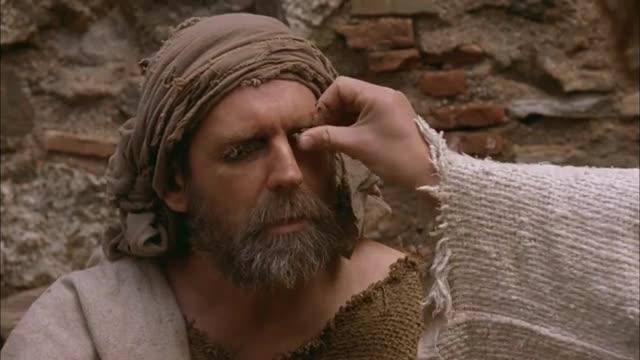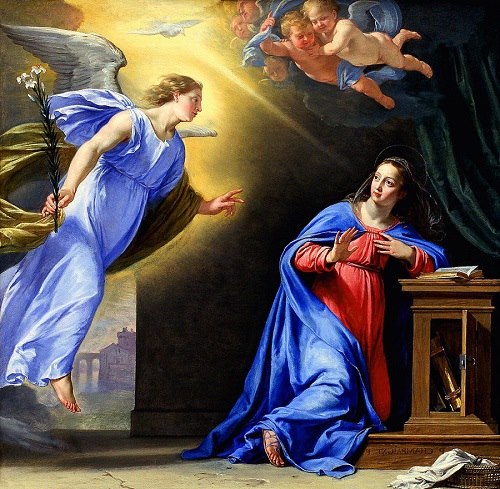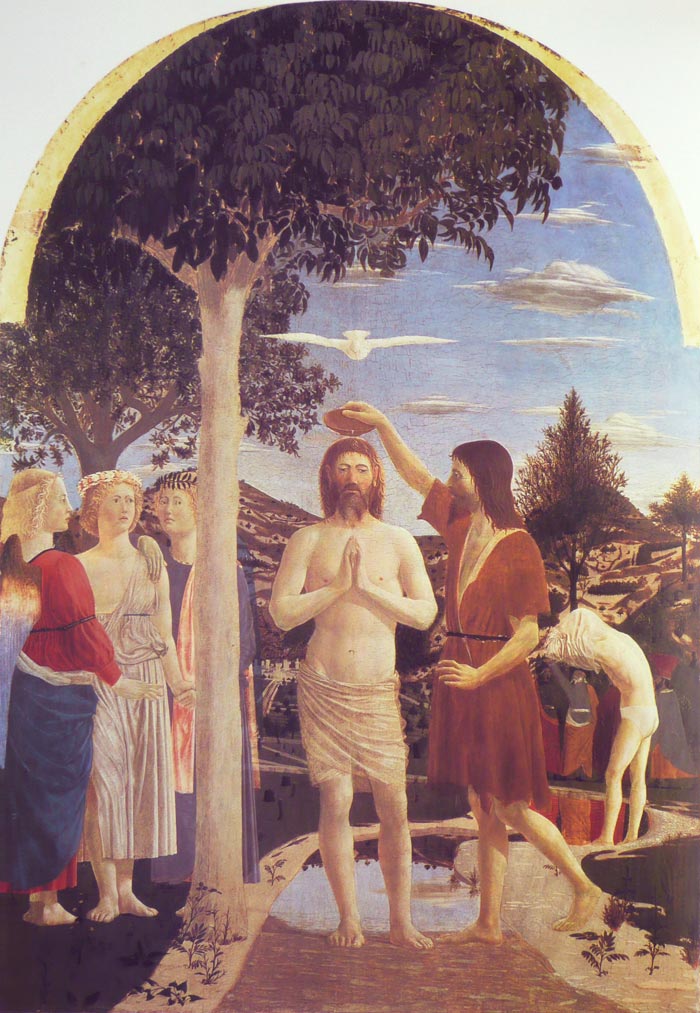We all know, but rarely think about, the fact that most of what we see is reflected light. When we look at a field of corn waving in the sun, we are not seeing the actual corn, itself. Rather, we are seeing the shimmering light reflected from the leaves. A huge skyscraper is visible to us only because it reflects light, a tiny amount of which bounces into our eyes. There, even less of it gets through the vitreous humor within our eyeball, and even less to the retina, where it seems to be turned into some sort of computer code that sends it into our mind, where we may reflect on what has been reflected into it.
The night sky is often dominated by the huge moon, and the light that it reflects dwarfs the vastly larger stars that produce and emit vast amounts of light, according to their more complicated programming. Similarly, the human landscape is filled with large, bright reflections that often make far more important sources of human light, like the billions of mothers, fathers, and people with families and jobs, seem much less insignificant than they really are. Those with better perception understand that such human “stars” produce no light of their own, but merely bask in reflected glory, like the similarly cold-hearted beings they are.
The bright “stars” of the day, whose names are more unrecognizable as we get older, also pale before the greater intellects of Augustine, Aquinas, and the many, many saints who light up the dark, dark ages. They do not only reflect the far brighter light they see, but also, they faithfully transmit it to us, illuminating the very mind of God.








